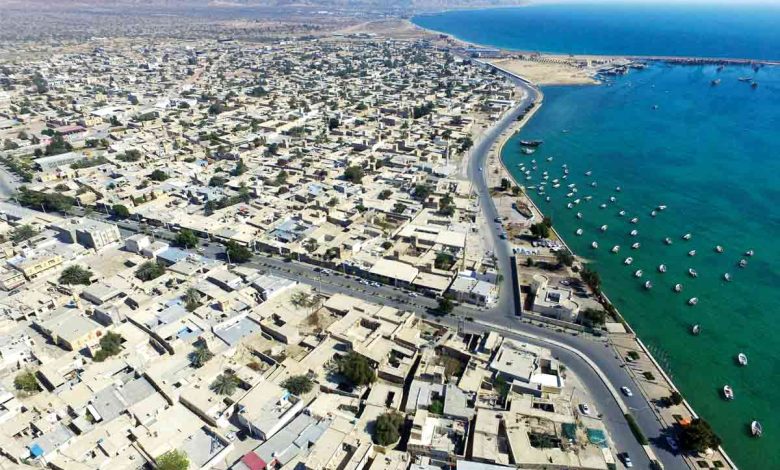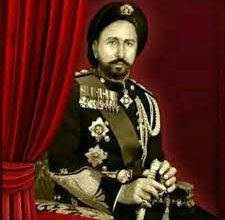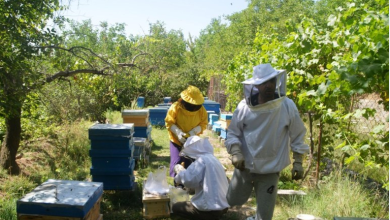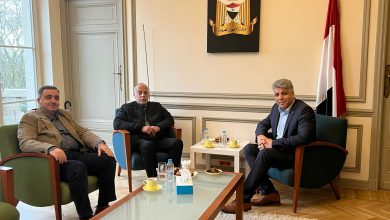
Kank, a city in Ahwaz, bears witness to the Arab culture of the Arabian Gulf.
Kank, located on the coast of the Arabian Gulf in Arab Ahwaz, is a historic and commercial port in the occupied Ahwaz region.
According to the 2010 population and housing census, the population of Kank is approximately 16,496 people (4,009 families).
The history of Kank is closely tied to its role as a port. In the past, large ships docked at the port of Kank, and famous sailors from the city embarked on long journeys to import goods such as dates, roses, musk, nuts, almonds, carpets, wood, tea, and textiles.
Ahwaz’s Kank History:
The historic port of Kank has a history of over 3000 years, and according to historical texts, its central location changed five times during this period. The city preserves its historical character and remains one of the most significant cities in Ahwaz on the Arabian Gulf.
During the Portuguese colonial period, Kank was a vital center of Portuguese governance. They built a port for their large ships and constructed a massive castle that served as their governmental headquarters. The remnants of this castle are still visible near the sea. When the tide rises, the waters surround the ruins of this castle, which the people of Kank refer to as the Portuguese castle.
Mosque of the Two Mihrabs:
The Mosque of the Two Mihrabs is one of Kank’s most important landmarks, located near the Portuguese castle. Although the exact date of its construction is unknown, research suggests that it dates back several centuries and had been neglected for decades. However, thanks to the efforts of the city’s municipality and archaeologists, excavations revealed that this mosque consists of two separate floors, each containing a mihrab, and it has an area of 450 square meters. It was built using coral, sea stone, fragments of ceramics, and seashells, showcasing beautiful architecture. Restoration and preservation of this mosque began in 2017.
Bandar Kank Anthropology Museum:
The Bandar Kank Anthropology Museum was established through the efforts of philanthropists, sailors, fishermen from this port, and the municipality of Bandar Kank. It displays significant collections related to maritime navigation, customs, architecture, craftsmanship, traditional clothing, as well as ancient and modern food of the people of Bandar Kank. The museum building is a large historic house transformed into a museum after renovation.
The Portuguese Castle:
To the west of the port of Kank, near the beach, there is a circular tower made of stone and clay, along with remnants of a large and ancient castle that is said to be part of the Portuguese presence in the Arabian Gulf.
Kalbatan House:
Kalbatan House is a large residence with numerous rooms, a central courtyard, and many windbreaks, representing one of the architectural achievements of Bandar Kank.
Mohammad Ebrahimi’s Personal Museum:
Mohammad Ebrahimi, a sailor from Bandar Kank, dedicated his time after retiring from maritime work to collect maritime equipment and boat-related items. He created a small personal museum for these valuable collections in his home.




